The Wrecked Ship Was Constructed Of Concrete
Everything seems to be available in Russia. For instance, this odd concrete ship found its last refuge in the lower Volga (Astrakhan region), a few miles from the Caspian Sea.
The ship’s hull is constructed of reinforced concrete. Iron was used to construct the areas of the hull where concrete could not be used. This vessel is not special. Different concrete ships were created and constructed in a variety of nations during times when there was a severe lack of metal. Images from zhgalin photo.
#1
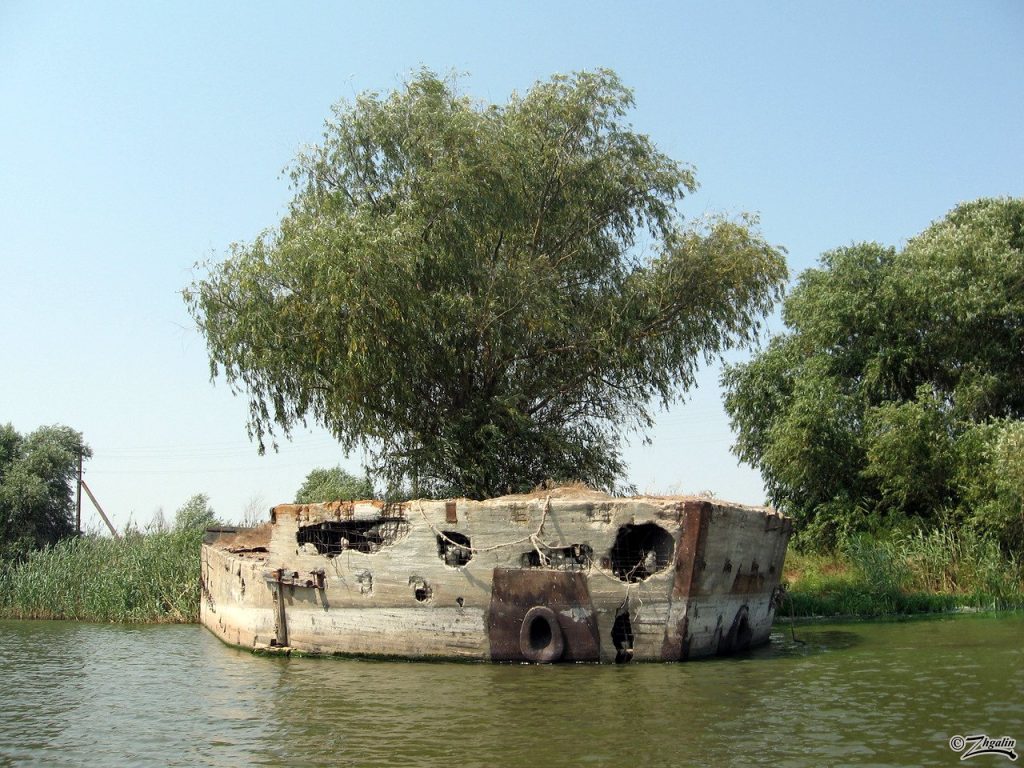
Concrete is a very useful material for shipbuilding, it’s true. First off, it is significantly less expensive than metal, and second, the damage is simple to fix. Concrete’s fundamental flaw as a building material is its fragility.
#2
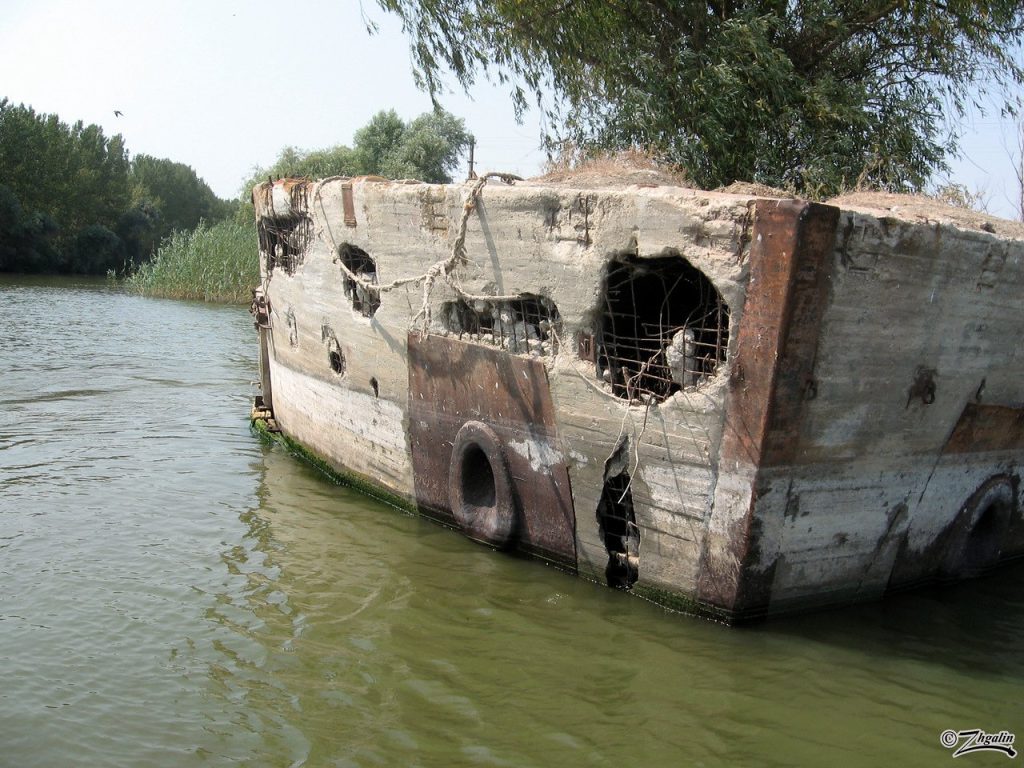
It appears that this vessel is a light tanker rather than a bulk carrier. The deck can also be utilized to convey other items, such as wood. In general, its actual purpose is still a mystery.
#3
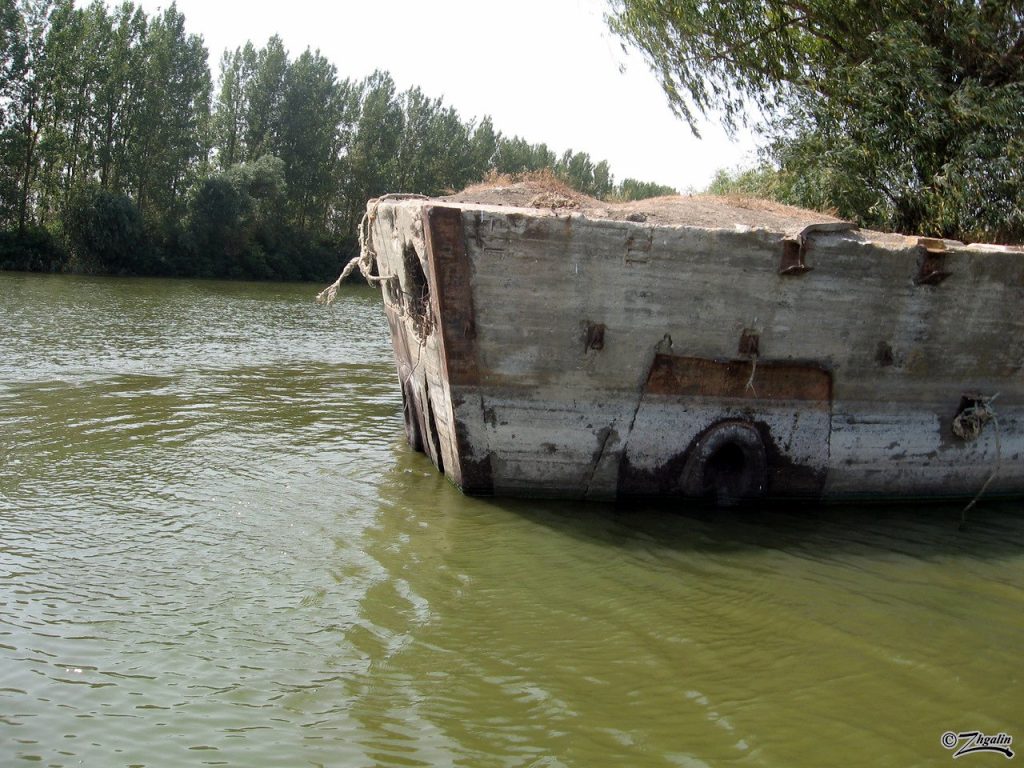
After a local history expert said that the boat has been mistakenly identified for the last few decades, the remains of one of the few concrete ships to survive World War II came under scrutiny.
The 90-meter ship discovered in Lake Dbie is regarded as one of North-Western Poland’s greatest mysteries. It is thought to have been finished in 1944 near what is now Darowo.
#4
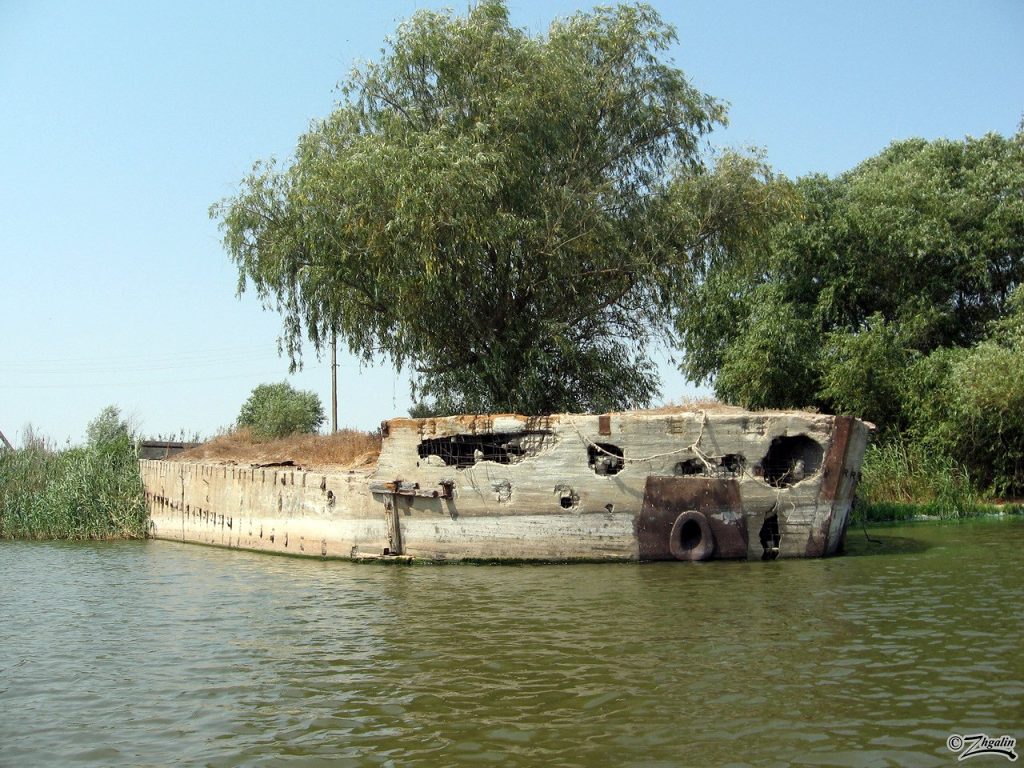
The ship was a part of a larger initiative authorized by Albert Speer to find different answers to the Third Reich’s raw material dilemma because steel was scarce at this late stage of the war.
The boat, which was made of ferrocement and was part of a fleet of about 50 ships made of concrete, is supposed to have been built with the purpose of transporting synthetic gasoline.
#5
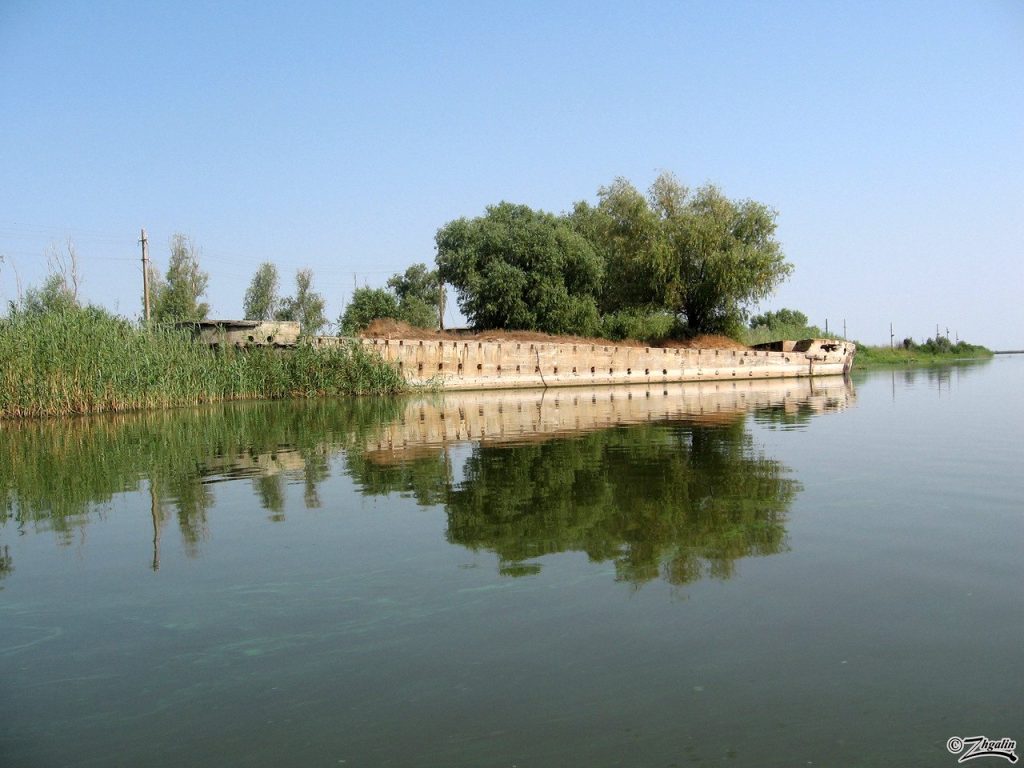
Despite conflicting stories, history buffs believed for years that the boat was the Ulrich Finsterwalde, one of two nearly identical ships outfitted in the Szczecin shipyard Vulcan.
The complete history of the tanker has perplexed historians due to the absence of so much data, although most seemed to concur that the vessel was sunk in 1944 before being salvaged and brought to the Klotz-Werft shipyard in Szczecin for repair.
#6
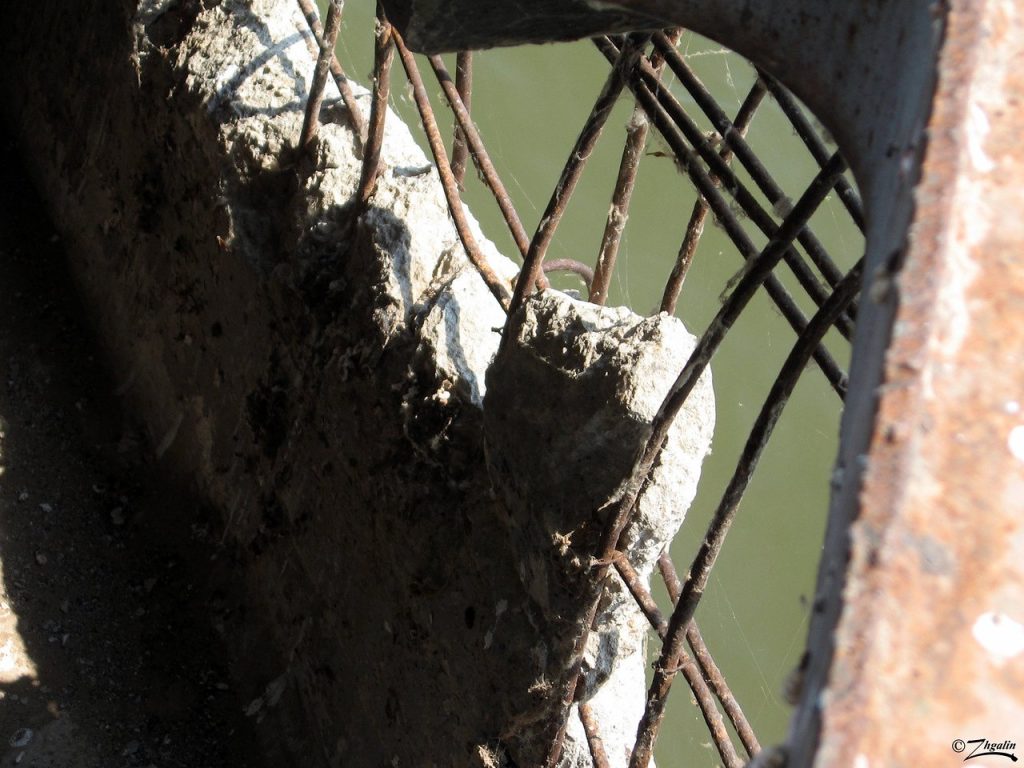
It has recently been established that the Ulrich Finsterwalde was resurrected in 1948 after being sunk. Plans were briefly made to convert it into a lighthouse, but they were never realized.
Instead, it was allowed to fall into disrepair before being hauled to Wita Kpa in 1970 and finally scuttled.
#7
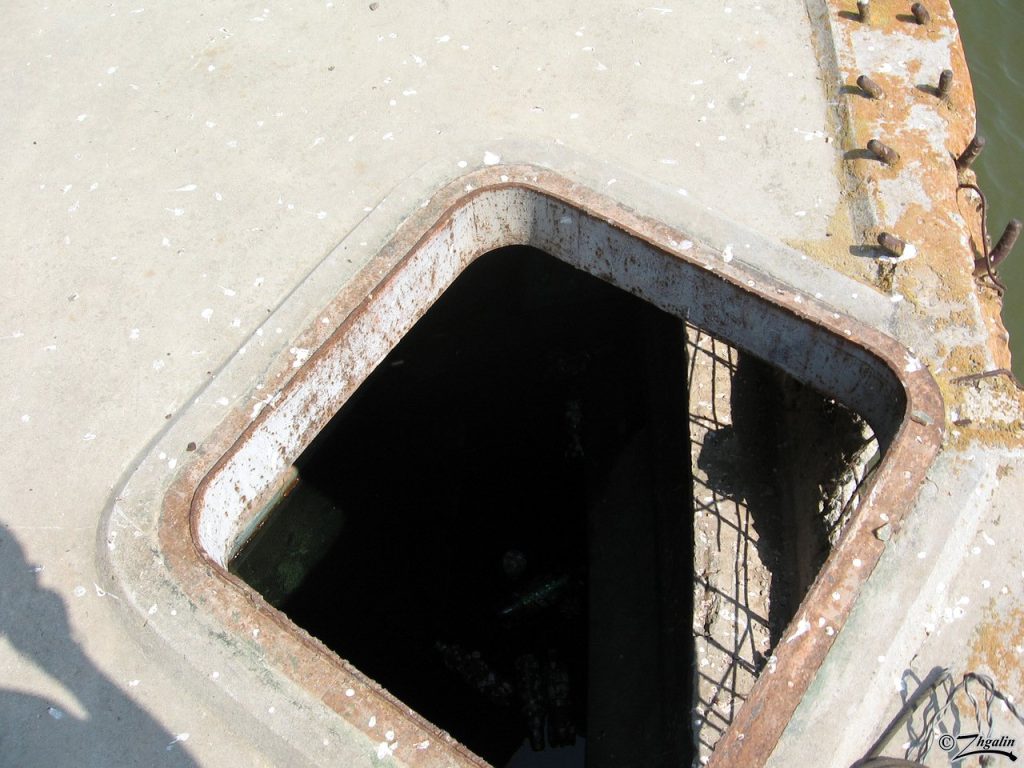
This begs the issue of what exactly is the monstrous concrete structure that is located on Lake Dbie.
The foremost expert on this topic, Jan Iwaczuk, claims that it is an unnamed ship that was known only by the code name D-62.
#8
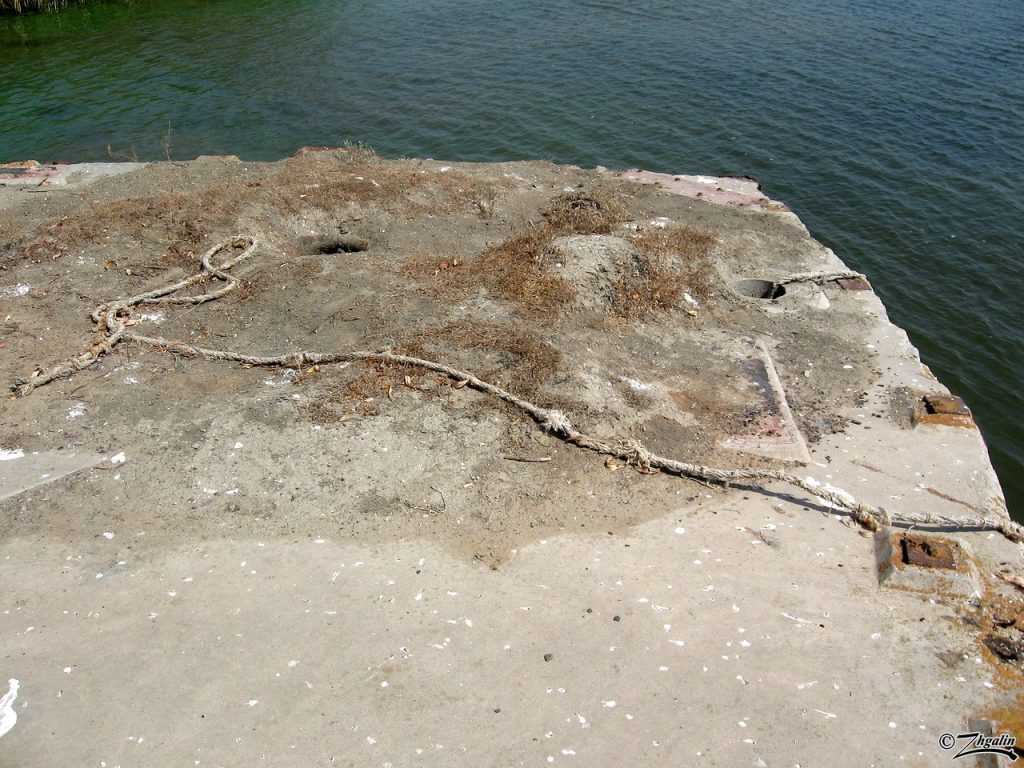
Work on the boat, which is said to have "entered the water" for the first time on August 19, 1944, was never finished during the war; it wasn't until it was captured by the Russians that it came to be used as a floating warehouse to help transport Swedish iron ore.
However, this function was just temporary.
#9
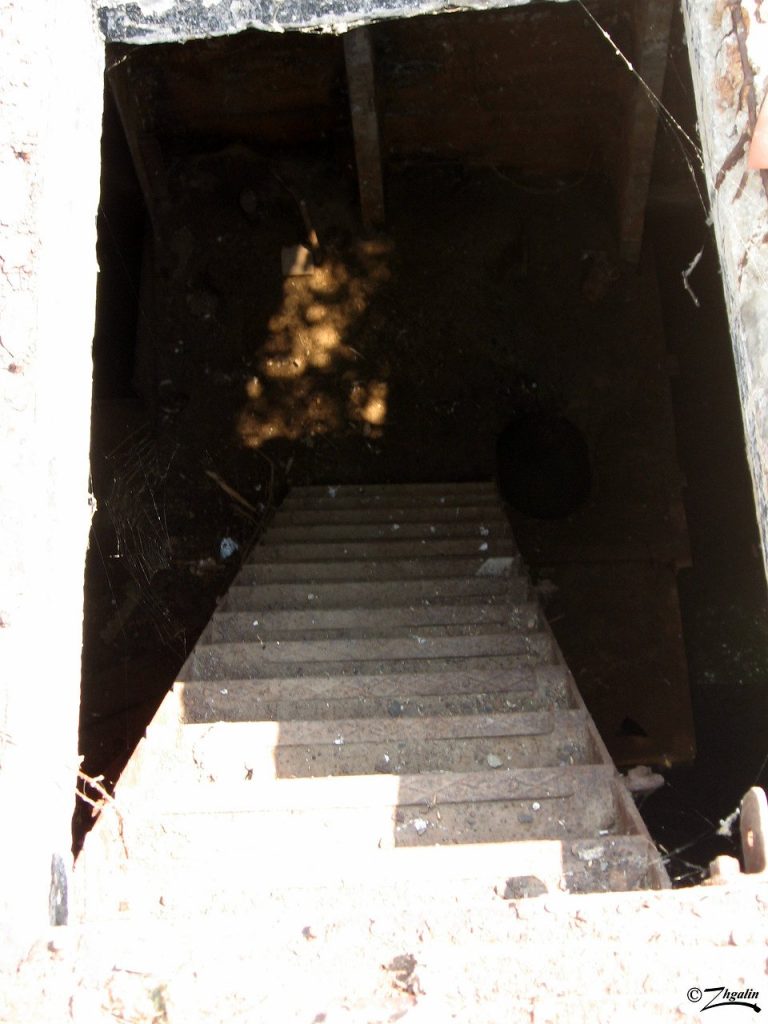
The boat, which was carrying 1,200 tons of cargo, started unexpectedly absorbing water on the evening of December 19–20, 1947.
The concrete megalith was guided to rest on a bank of silt before being sunk the following night after fruitless attempts to fix the leak.
It stayed there for more than 15 years before being raised and moved to its present place in April 1975 because it constituted a safety danger to other seagoing vessels.
#10
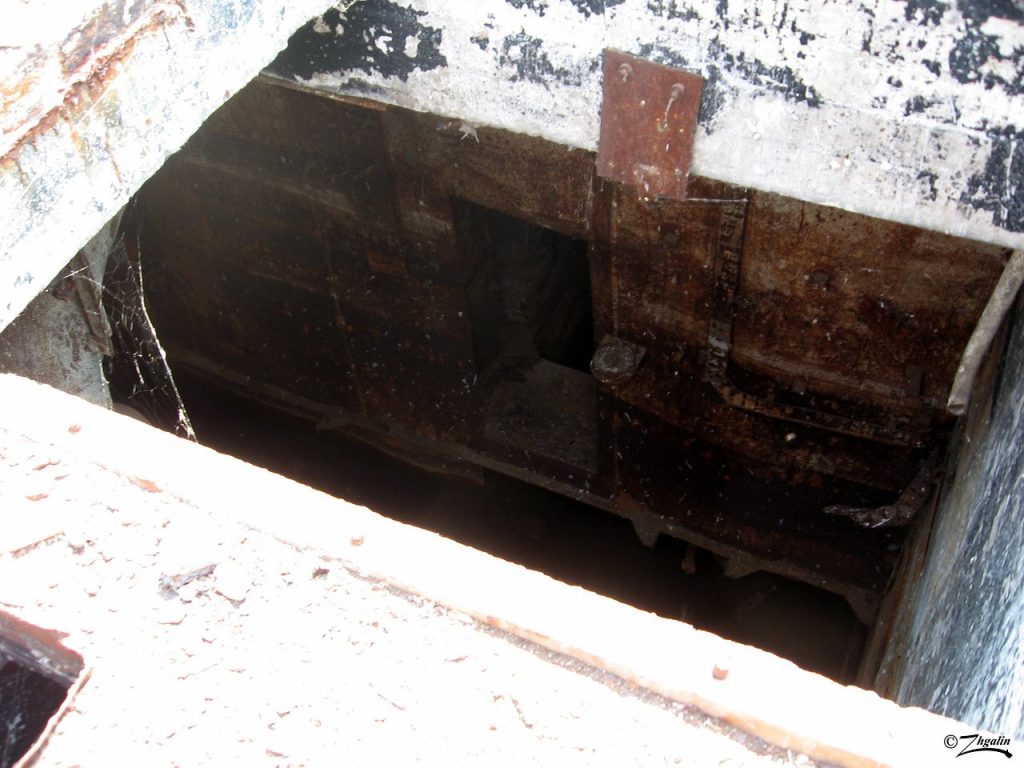
#11
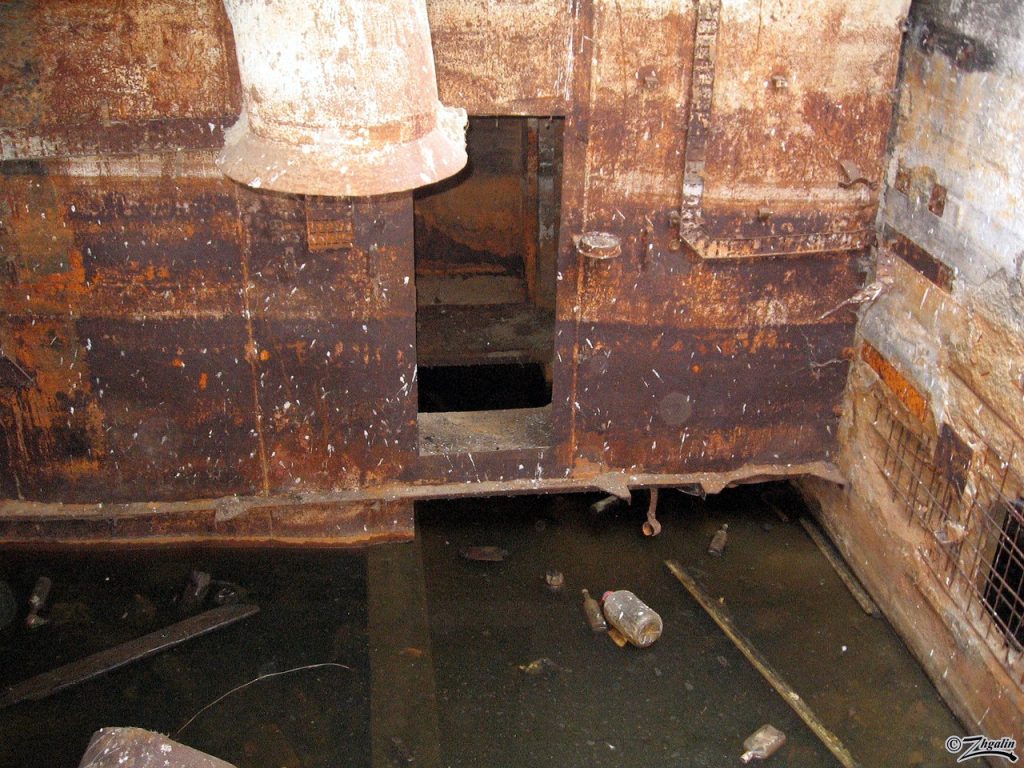
#12
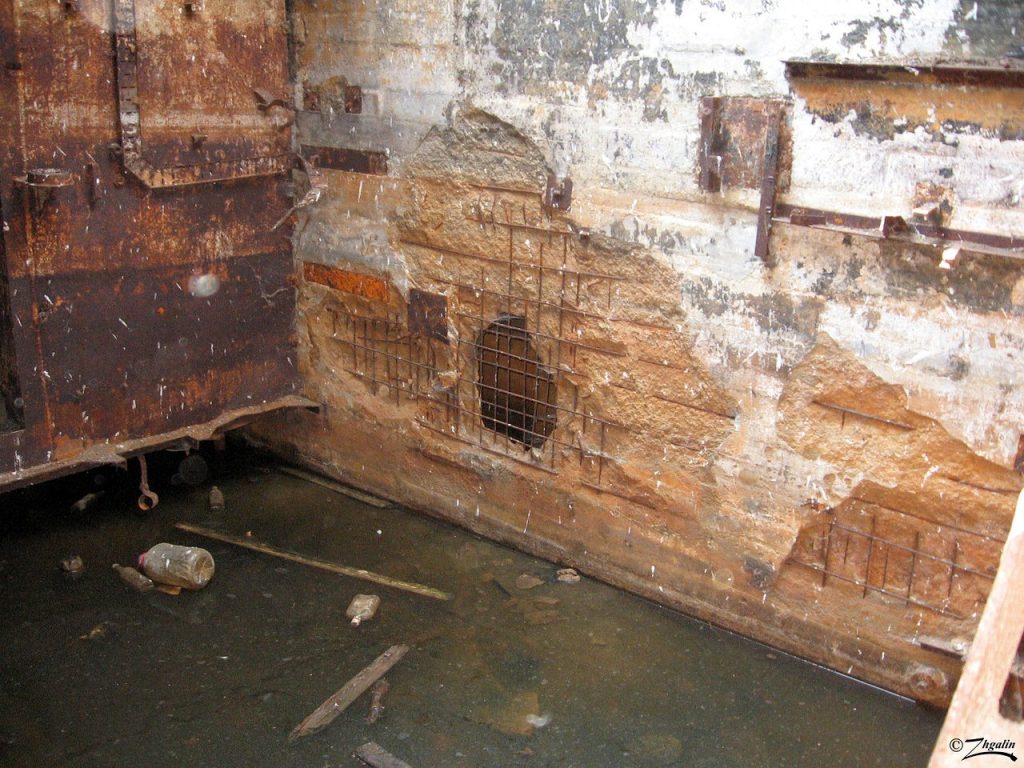
#13
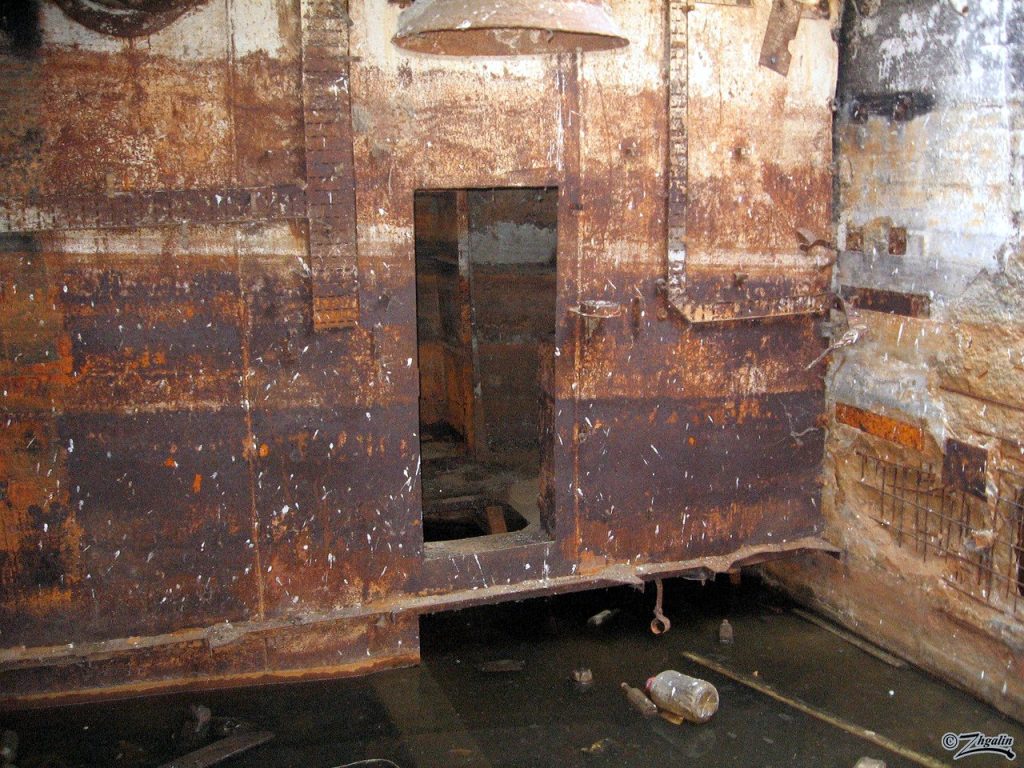
#14
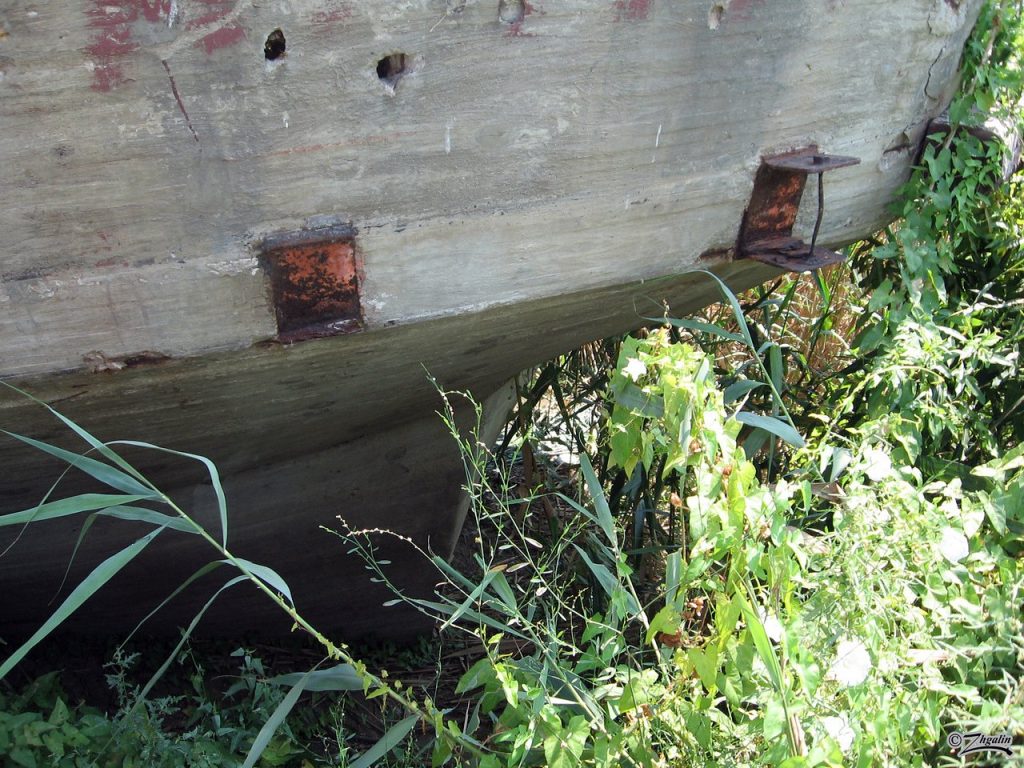
#15
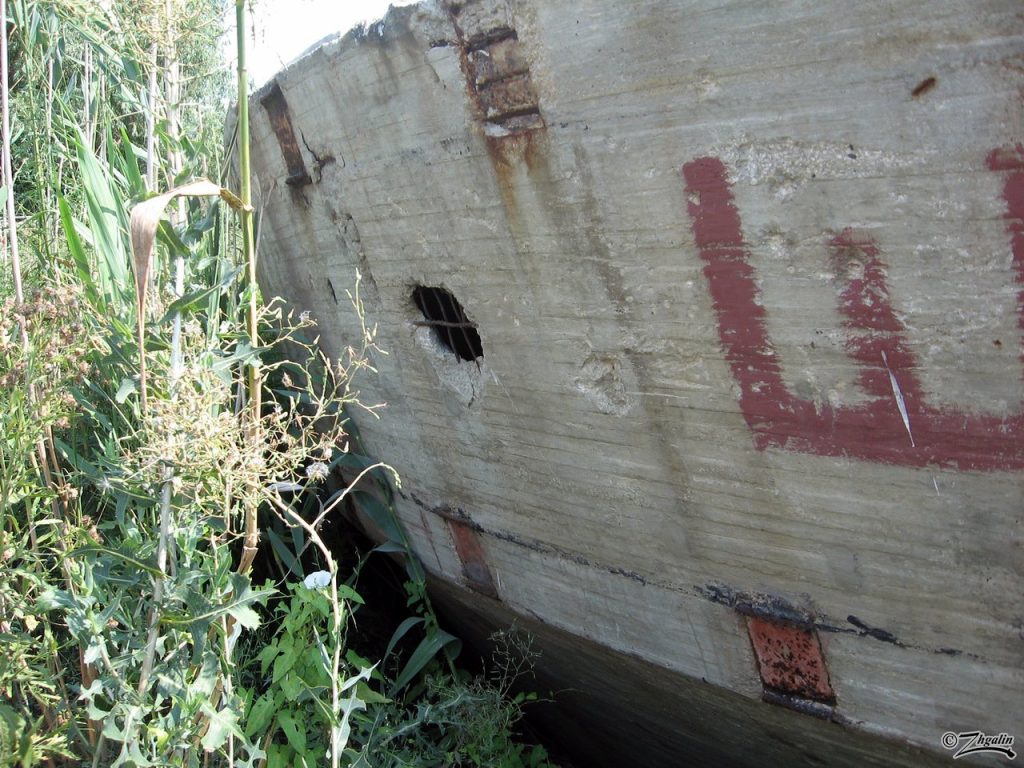
At one point, plans were floated to convert its holding into a swimming pool; today, it is a cult attraction.
These were dropped as it became clear that they were not technically feasible, but this amazing maritime ghost has nonetheless been able to fulfill a number of amazing social roles.
D-62 is a popular resting place for kayakers and sailors, and it has recently hosted a number of jazz and rock performances.